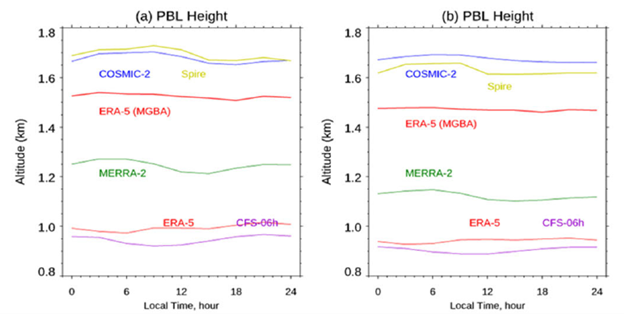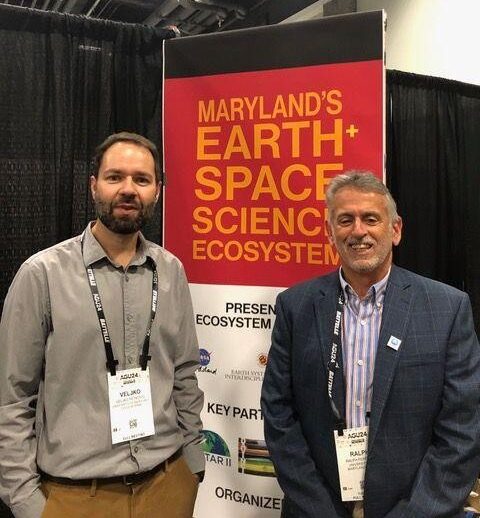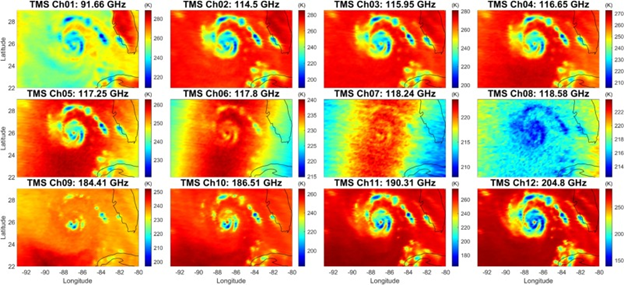
Step Into a Thunderstorm and Learn About Lightning Safety
In most situations, University of Maryland scientist Guangyang Fang would advise you not to walk into a lightning strike. But now, he’s encouraging everyone to

In most situations, University of Maryland scientist Guangyang Fang would advise you not to walk into a lightning strike. But now, he’s encouraging everyone to

The planetary boundary layer (PBL) is the lowest layer of the atmosphere, and performs essential regulating actions like exchanging heat, moisture, and chemical constituents between

With global temperatures climbing, it’s more important than ever to precisely measure ice loss. Cryospheric scientists use satellite measurements, like those from ICESat-2, to accurately

Welcome to the Spring 2024 semester! We are pleased to announce the return of ESSIC’s Seminar Series. We have a wonderful lineup of senior and junior scientists who are prepared to deliver some compelling presentations about their work and research both in-person and remotely.
Some of our speaker highlights include Dalia Kirschbaum, Director of the Earth Science Division of NASA Goddard Space Flight Center; Neil M. Donahue, Director of Carnegie Mellon’s Steinbrenner Institute as well as professor and AGU Fellow; Claudia Tebaldi, scientist at Pacific Northwest National Laboratory’s Joint Global Change Research Institute and AGU Fellow; Ines Azevedo, associate professor at Stanford; Tracey Holloway, professor at UW–Madison and member of National Academy of Medicine; and Juan Lora, assistant professor at Yale.
Please click “Read more” for our full lineup and to add these events to your calendar now!

Many ESSIC scientists participated in AGU 2025, the annual meeting of the American Geophysical Union held from December 9-13 in Washington D.C. Since the

The second edition of the textbook Earth System Modeling, Data Assimilation and Predictability has just been published by Cambridge University Press. The book was led

ESSIC scientists involved with the NASA TROPICS CubeSat mission recently built an algorithm for hydrometers retrieval. In a paper in Remote Sensing of Environment, John

On December 17, the Earth System Science Interdisciplinary Center had its annual holiday party. As per tradition, three annual peer awards were presented to honor

ESSIC/CISESS scientists Yan Zhou, Chris Grassotti, Yong-Keun Lee, and John Xun Yang are co-authors on a new paper in Scientific Reports titled “Trends of temperature
![Figure 3. Monthly TPW anomaly time series shown in red for ERA5 and blue for MiRS SNPP, 2012-2021. The straight lines are the linear regression fits. [a] is for global, [b] for Tropics, and [c] for mid-latitude regions, respectively.](https://essic.umd.edu/wp-content/uploads/2024/11/grassotti-zhou.png)
Figure 3. Monthly TPW anomaly time series shown in red for ERA5 and blue for MiRS SNPP, 2012-2021. The straight lines are the linear regression